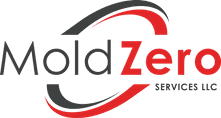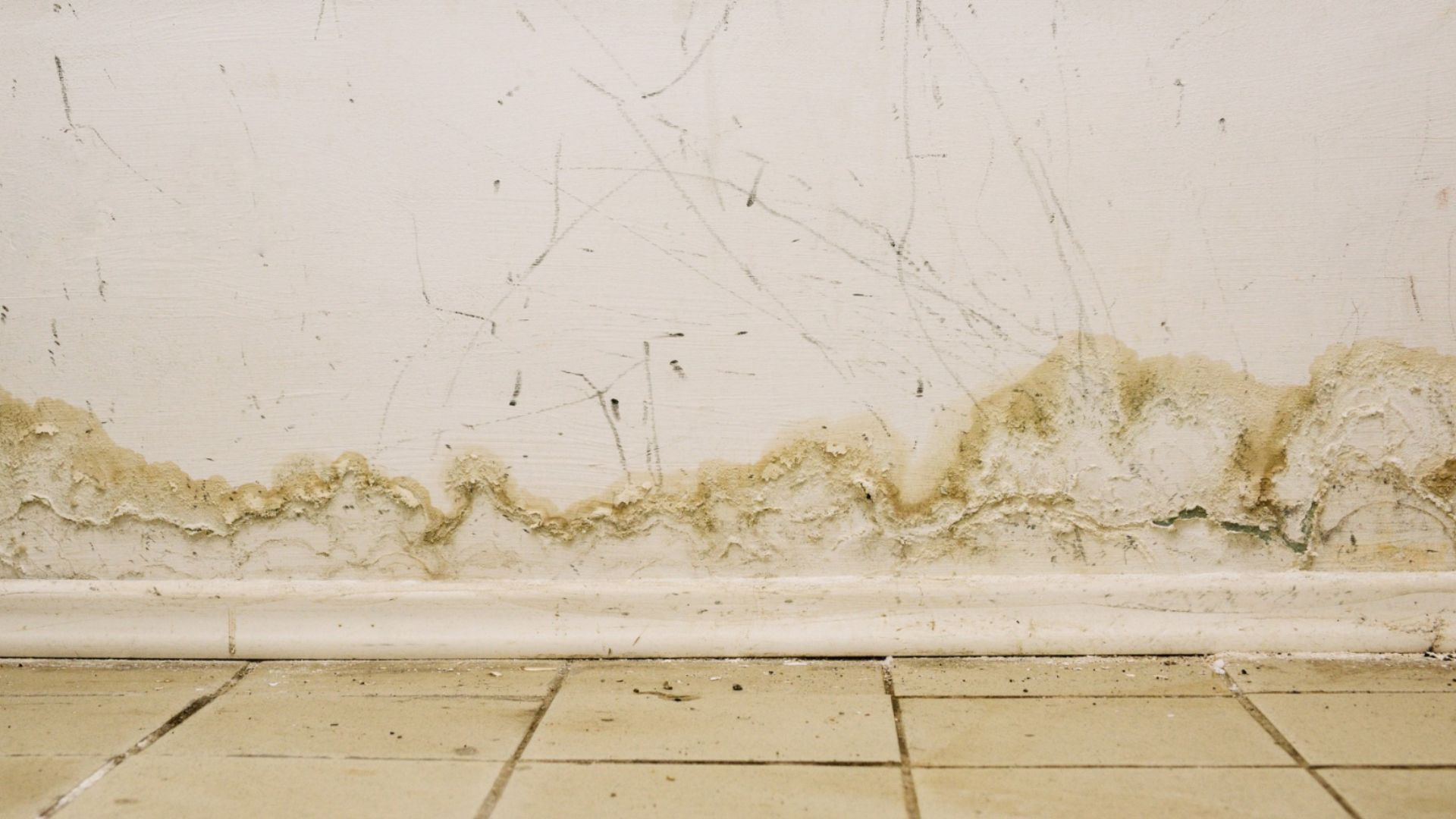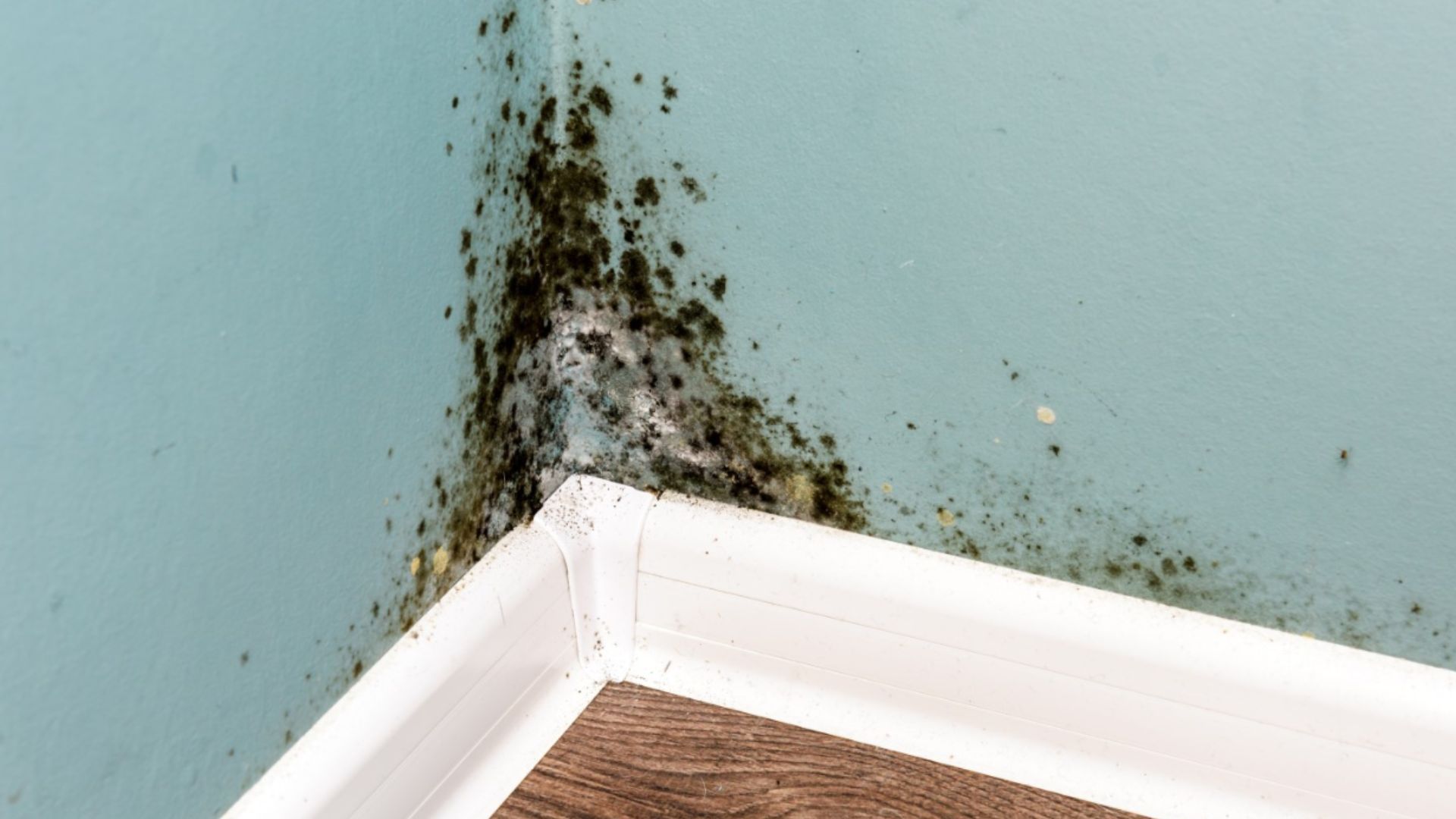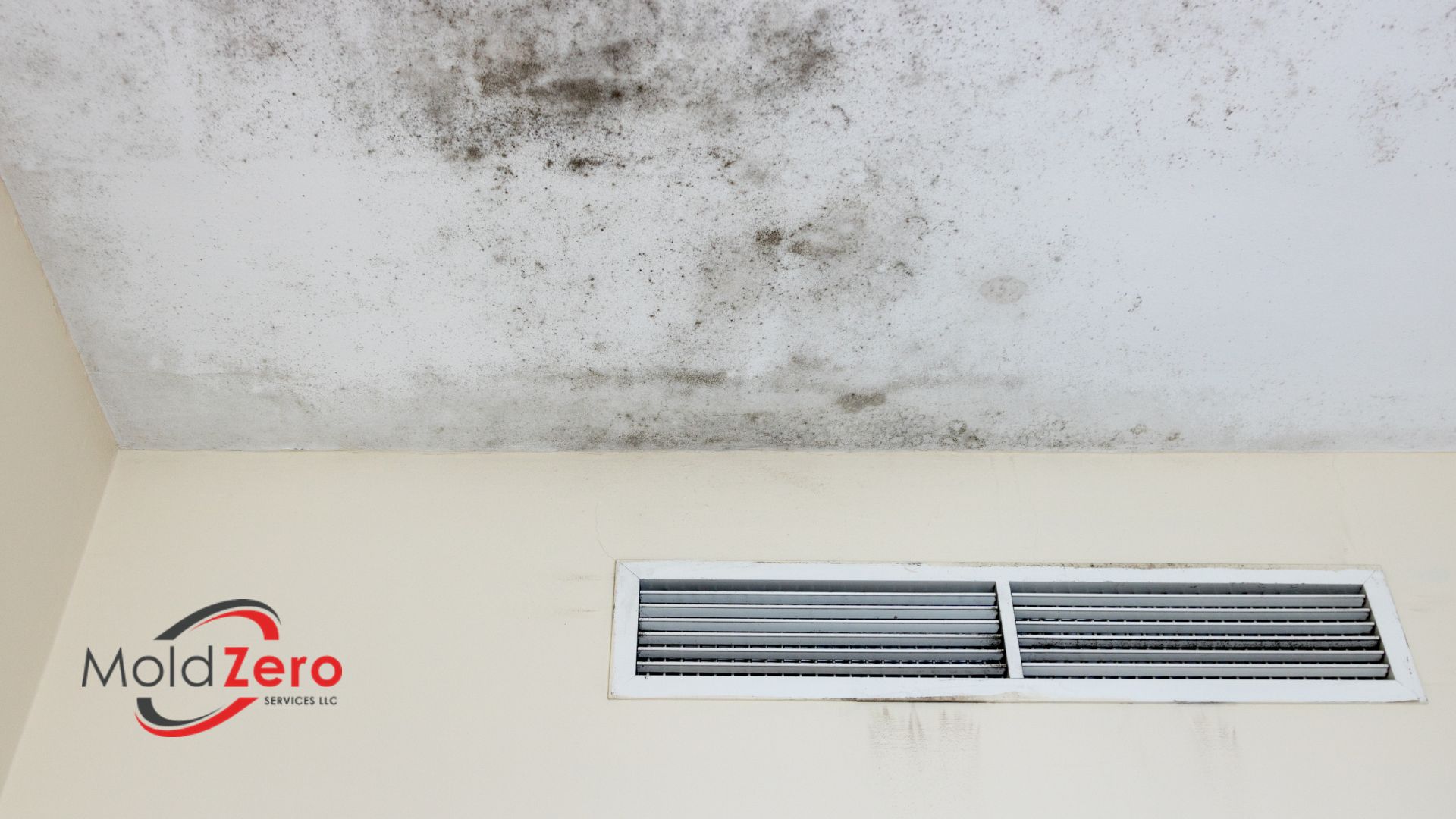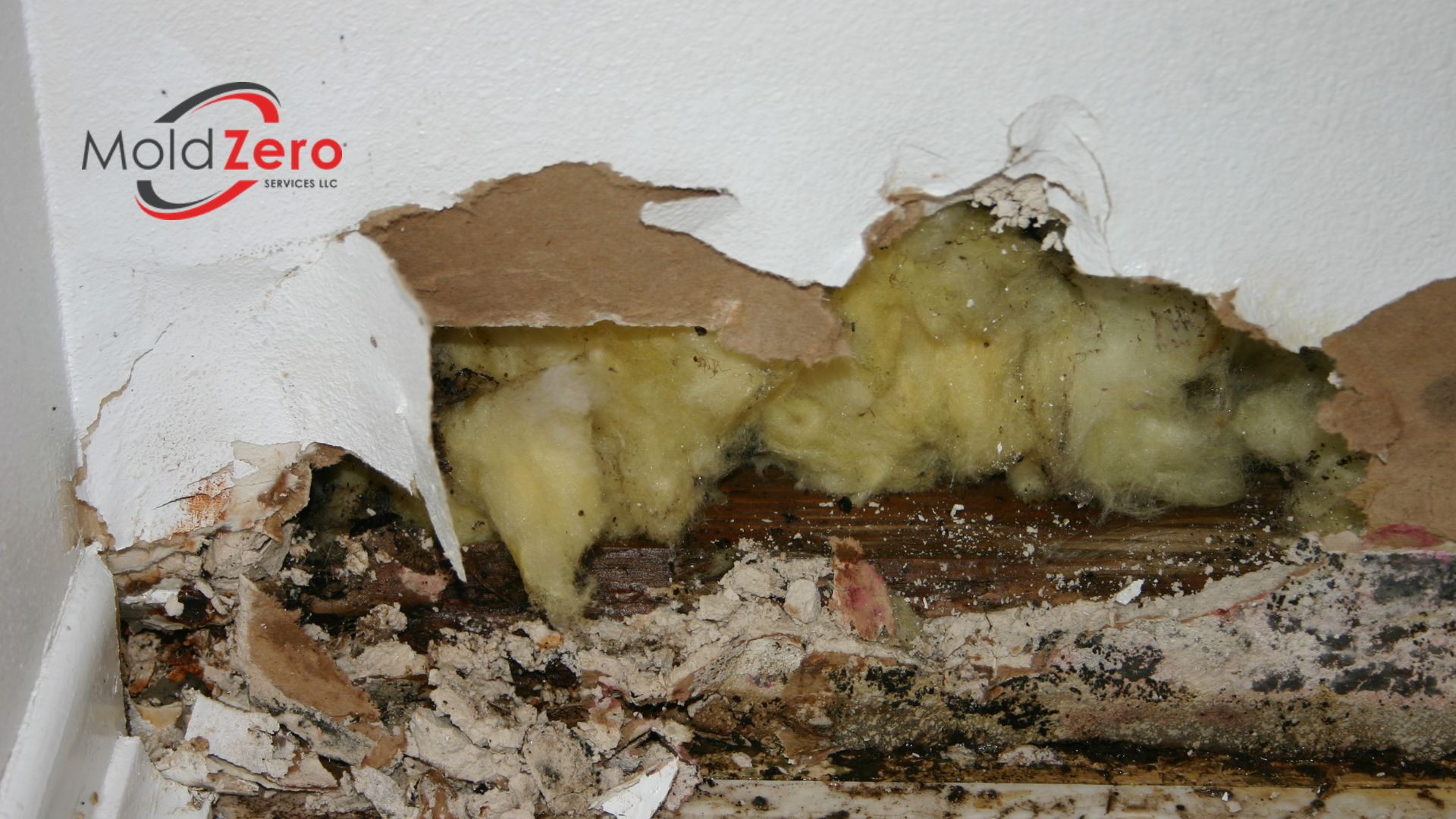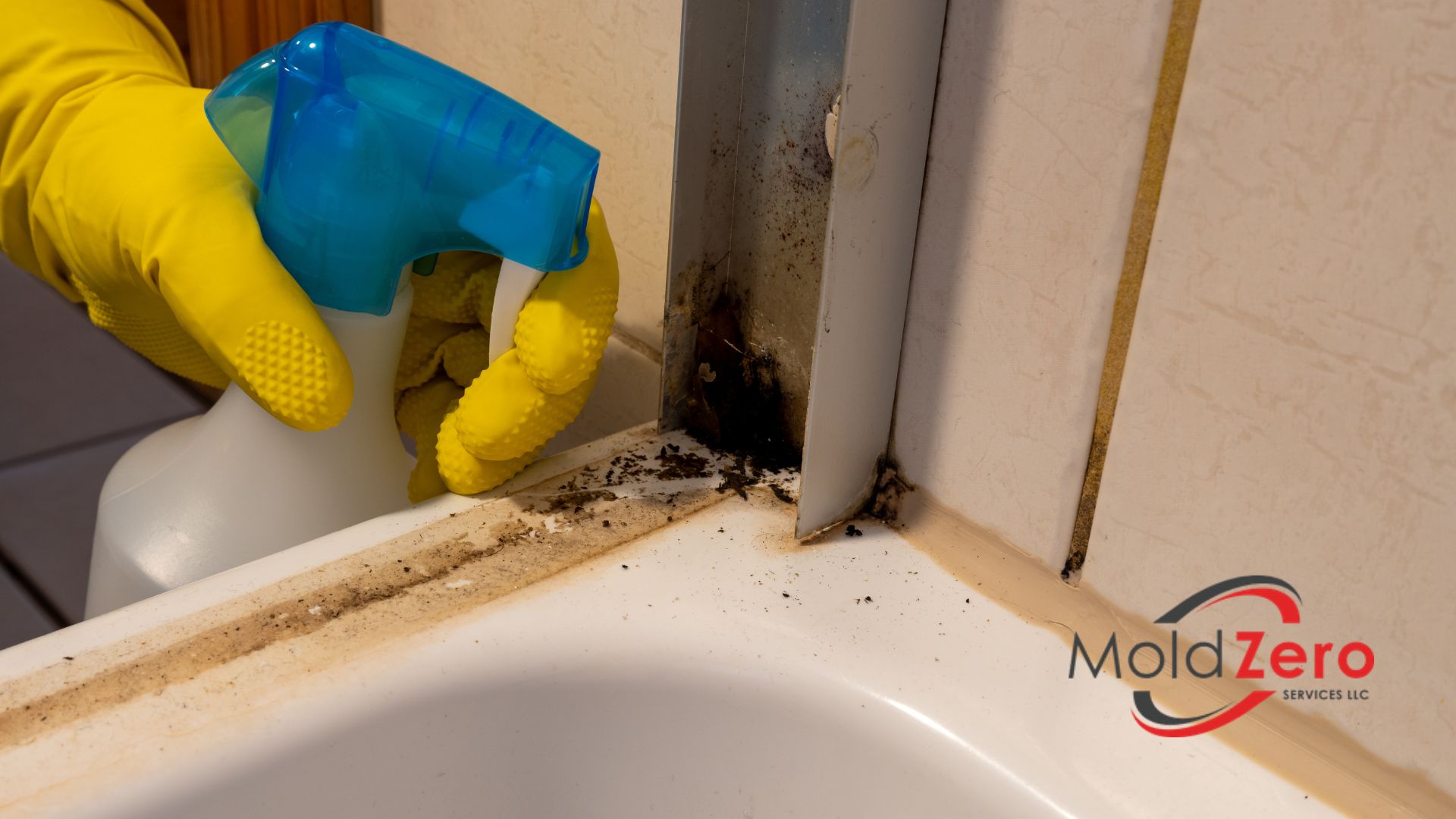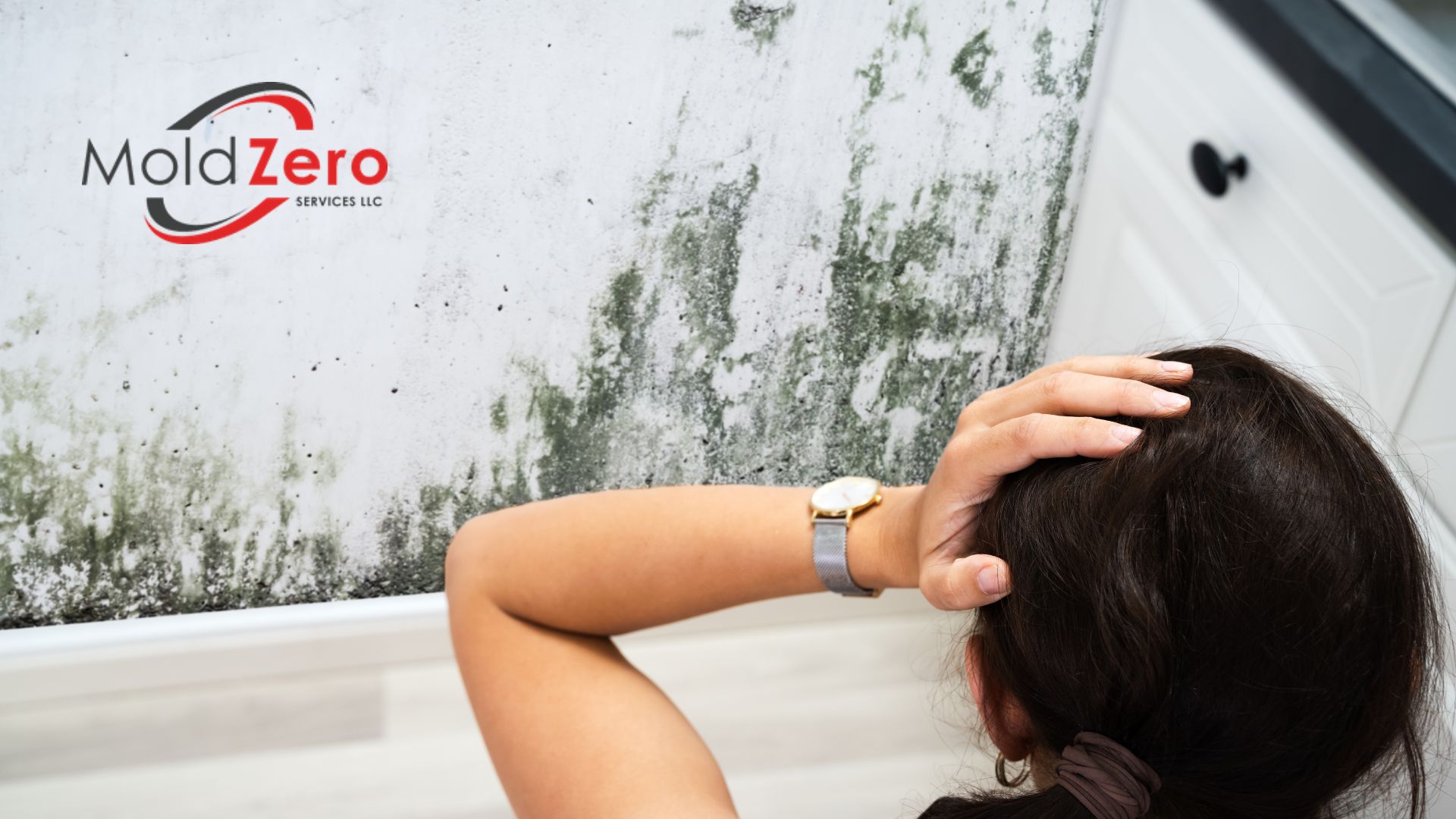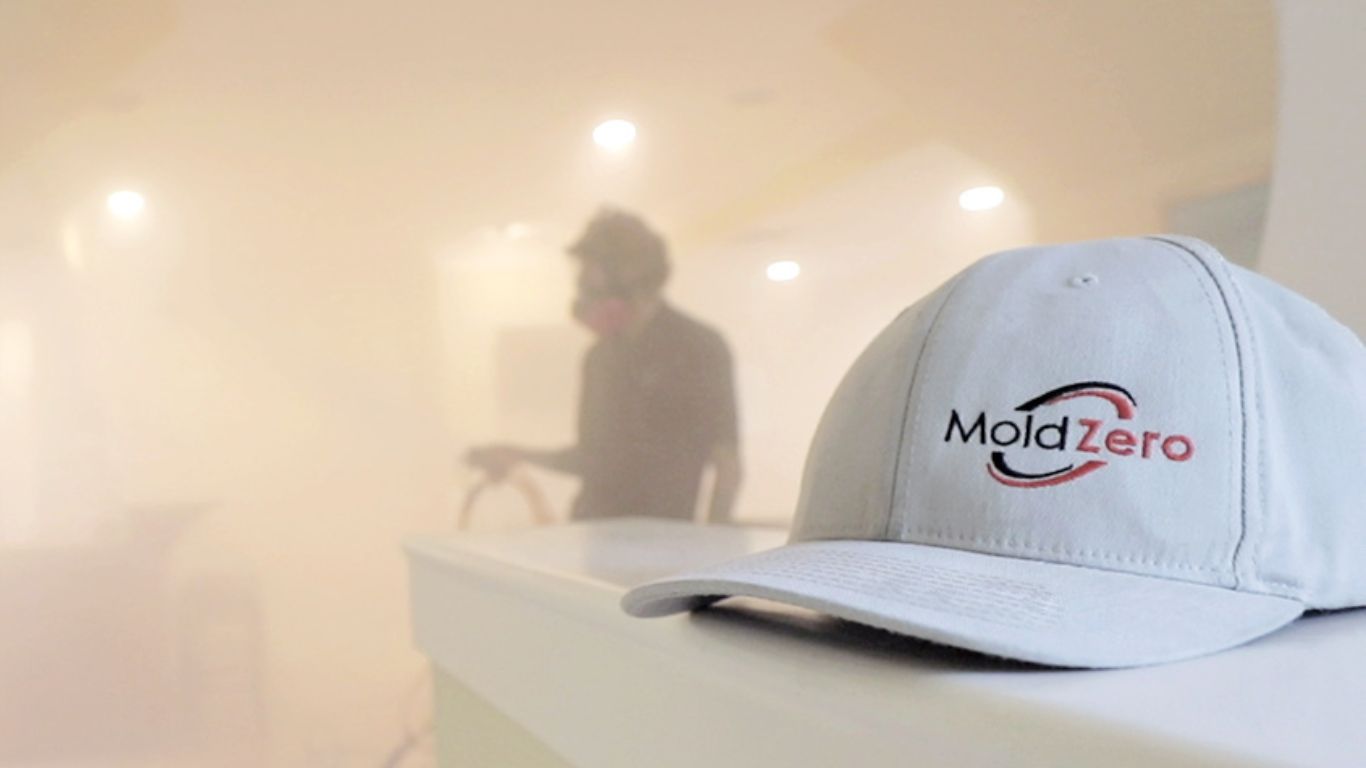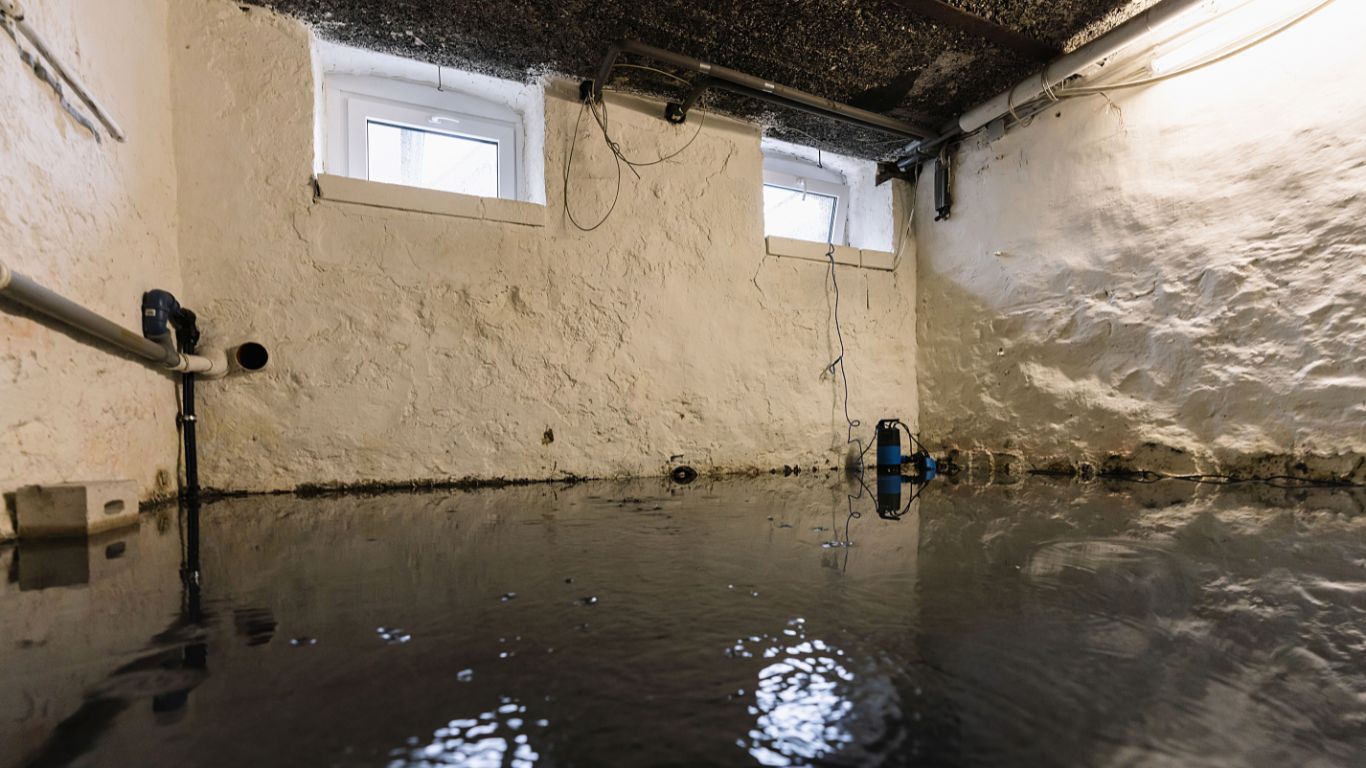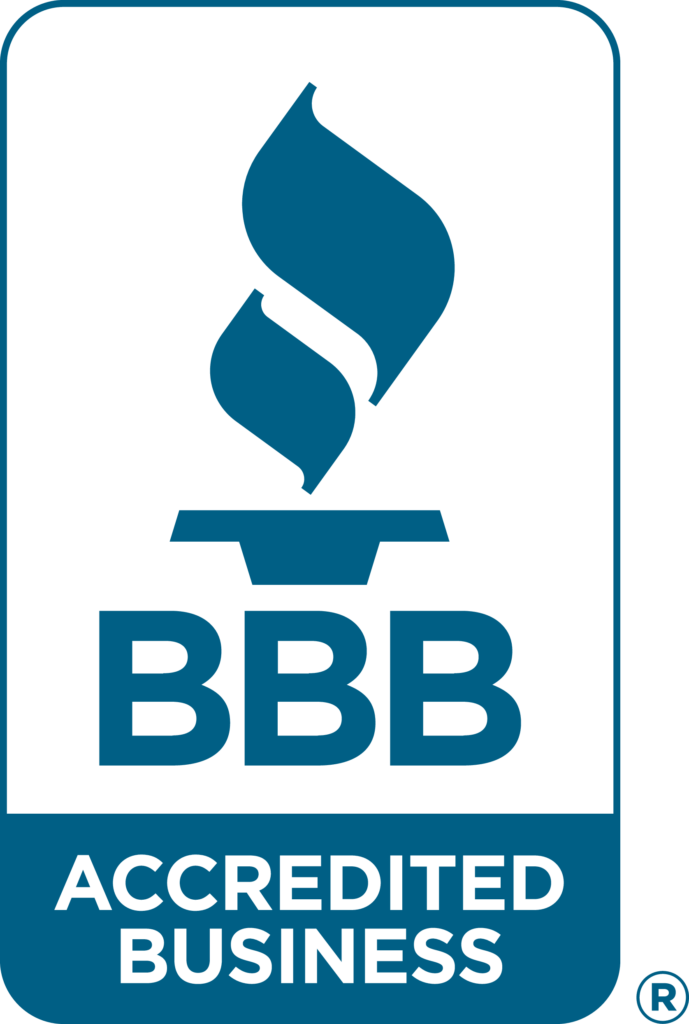Building owners should be aware of the dangers that might result from mold growth on their premises. In addition to harming your building’s appearance and structural integrity, mold may also be harmful to its residents’ health.
Typical Mold Types
The following are the types that are most typically seen in structures, however, they appear in many other not-so-pleasant forms, such as:
- Stachybotrys: This poisonous mold, often known as black mold, may cause major health issues such as neurological signs and respiratory issues.
- Aspergillus: This mold species, which is often found in homes and workplaces, has been connected to allergic responses, asthma episodes, and lung infections.
- Cladosporium: Although this mold is typically found outdoors, it can also flourish indoors. Both respiratory issues and allergic reactions may result from it.
- Penicillium: This mold can lead to allergic reactions and respiratory issues and is typically found in water-damaged buildings, especially after flooding.
What Makes Mold Grow?
High humidity and moisture content are favorable conditions for the growth of mold. The following are the main reasons why mold develops in buildings:
- Water Damage: The presence of water damage due to leaks, floods, or high humidity can foster the growth of mold.
- Poor Ventilation: In bathrooms, kitchens, and other high-humidity areas, poor ventilation can foster the growth of mold.
- High Humidity: Basements and crawl spaces are two places that are particularly prone to mold growth.
- Condensation: During colder months, condensation is more likely to form on walls and windows, which provides the ideal conditions for the growth of mold.
How Mold May Affect Your Health
Numerous health problems can be brought on by mold, especially in people who already have allergies, asthma, or compromised immune systems. Mold exposure symptoms can include:
- Respiratory problems such as coughing, wheezing, and shortness of breath
- Allergic reactions, including nasal congestion, runny nose, and itchy eyes
- Headaches and fatigue
- Skin irritation or rashes
- Irritation of the eyes, nose, and throat
- Aggravation of asthma symptoms
- Fungal infections, especially in individuals with weakened immune systems
- Neurological problems, including memory loss and difficulty concentrating
- Lung infections, especially in individuals with chronic lung diseases
Early Prevention of Mold
The best way to stop mold from growing in your home or buildings is to manage the moisture there. For early mold prevention, consider the following advice:
- Eliminate any leaks or water damage right away.
- To lessen moisture, use exhaust fans in the kitchen and bathrooms.
- Lower the indoor humidity to no more than 60%.
- In humid areas of your house or building, use a dehumidifier.
- Make sure that attics and crawl spaces have adequate ventilation
Benefits of Removing Mold ASAP
Keeping your home or business mold-free has a lot of benefits. These are a few advantages of removing mold:
- Improved indoor air quality: Mold may produce spores and toxins that have an impact on the quality of indoor air, which can cause respiratory troubles and other health concerns. By getting rid of these dangerous elements, mold removal helps to enhance indoor air quality.
- Prevents future damage: Mold may seriously harm your property, including the building’s structure, your possessions, and even furnishings. Mold removal may protect your home and stop additional harm.
- Prevents health problems: Mold may result in infections, respiratory troubles, and allergic responses. For people with compromised immune systems or pre-existing diseases, mold remediation can avert these health problems.
- Reduces odors: Mold has a musty stench that is unpleasant and difficult to get rid of. By reducing these scents, mold eradication improves the comfort and pleasantness of your home or place of work.
- Increases the value of a property: A home with mold problems may lose value. Your property’s worth might go up and it’ll be more appealing to tenants or purchasers if you remove the mold.
- Peace of Mind: Having peace of mind comes from knowing that your home is mold-free and that your family, workers, or clients are living in a free from harm and clean environment.
Our Dry-Fog Technology
At Mold Zero, we use a unique dual dry-fog mold removal process that sets us apart from traditional remediation methods. Our process is designed to be non-invasive, fast, and effective. Here are some reasons why you should consider using our dry-fog process:
- Non-invasive: Our dry-fog mold removal process is non-invasive, which means there is little to no demolition required.
- Same-day return: We can complete most jobs in less than a day, and you can return to your property the same day.
- Proven effectiveness: It has been proven to be more effective in destroying mold colonies on contact than traditional methods.
We are so confident in our process that we offer a one-year guarantee or a free rework if the mold returns. Our guarantee is valid as long as there is no new water intrusion and the entire property is dry-fogged during the one year, not just a couple of rooms.
Free Inspection and Price Estimate
It’s important to take quick action if you suspect mold growth. If left untreated, mold can quickly proliferate and lead to serious health issues. Our skilled experts will locate the mold’s origin and offer practical solutions to get rid of it. To schedule your free inspection and price estimate, call us at (626) 671-8885 or submit an online form and we’ll contact you within 2-3 business days.
